Deutsche Bank reports 39% year-on-year rise in first-quarter profit before tax to € 2.8 billion
Deutsche Bank's first-quarter 2025 results offer a telling snapshot of what strategic discipline, resilient capital management, and favorable markets can deliver—particularly for institutional investors navigating cross-border exposures and seeking clarity amid policy divergence.
Germany's largest lender reported an 11% year-on-year increase in profit before tax and 7% revenue growth, excluding notable items. The return on tangible equity (RoTE)—a key profitability metric—climbed to 18.4%, up two percentage points from the prior quarter, signaling a continued focus on capital efficiency. This puts Deutsche Bank ahead of many of its European peers and above its medium-term RoTE target of 10%.
“Q1 performance demonstrates the strength of our diversified business model,” said Chief Executive Officer Christian Sewing. “We delivered strong profit growth while investing for the future and maintaining strict cost discipline.”
Capital and Cost Discipline in Focus
On a constant currency basis, both customer loans and deposits remained broadly stable—an important signal to analysts watching for potential tightening in credit conditions. Notably, the bank's Common Equity Tier 1 (CET1) ratio stood at 14.7% as of March 31, comfortably above the regulatory requirement and industry median, providing a cushion against macroeconomic volatility or potential regulatory changes.
The bank also announced a fresh share buyback program of up to $3 billion, following the completion of a $2 billion repurchase initiative. For long-term investors and buy-side analysts, this continuation of capital return demonstrates confidence in earnings visibility and balance sheet resilience.
Markets and Wealth Units Outperform
From an operational standpoint, the most robust contributions came from the Wealth Management division and the bank's Foreign Exchange, Debt, and Equity Markets businesses. This aligns with global trends that have seen clients shift toward active portfolio management and hedging strategies amid inflationary uncertainty and diverging central bank policies.
Revenue in the Corporate Bank and Private Bank units remained stable, suggesting consistent fee-based income despite some margin pressure in traditional lending. The resilience of the Wealth segment may particularly interest private banks and asset managers considering European partnerships or platform expansions.
A Word on Risk and Macro Context
While headline performance is solid, several key risks remain. Persistent inflation in Europe, the Bundesbank's cautious tone, and geopolitical uncertainty may weigh on second-half visibility. However, Deutsche Bank's conservative provisioning and capital buffer allow for flexibility in risk management. For sovereign wealth funds and institutional allocators, this presents a relative value opportunity within the European banking sector.
Implications for Global Professionals
For corporate treasury professionals, the stability in loan and deposit volumes underscores Deutsche Bank's continued ability to provide liquidity solutions across jurisdictions. Meanwhile, for investment banks and law firms advising on cross-border M&A or structured finance, the firm's robust capital position and expanding wealth management footprint offer insight into strategic banking flows in EMEA.
Deutsche Bank's momentum in global markets is also a case study for how traditional financial institutions are evolving in an era of higher rates, regulatory tightening, and digital transformation—making it a relevant benchmark for international professionals across legal, banking, and consulting fields.
Data Points Worth Noting
Profit before tax (excluding notable items): +11% YoY
Revenue growth (excluding notable items): +7% YoY
Annualised RoTE: 18.4%
CET1 capital ratio: 14.7%
Dividend: $0.10 per share (first interim)
New share buyback: up to $3 billion
In Summary
While Deutsche Bank's Q1 2025 results reflect strong fundamentals and tactical execution, the real value lies in how these developments translate into cross-border business continuity, strategic partnerships, and capital allocation confidence for international stakeholders. With its recalibrated balance between risk and return, the bank appears well-positioned to serve as a financial anchor in the still-uncertain European economic landscape.
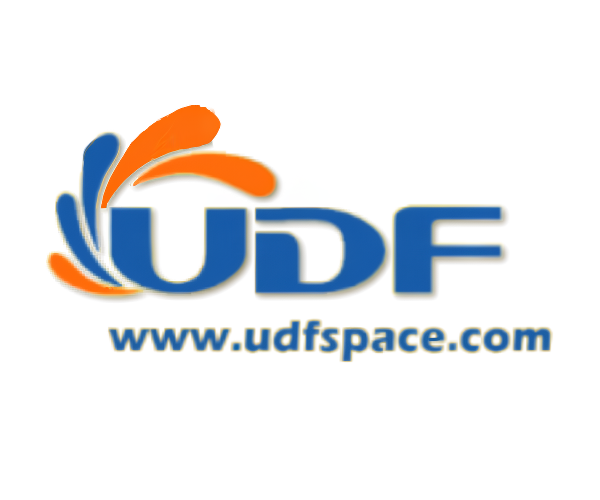







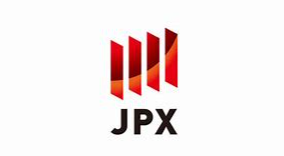

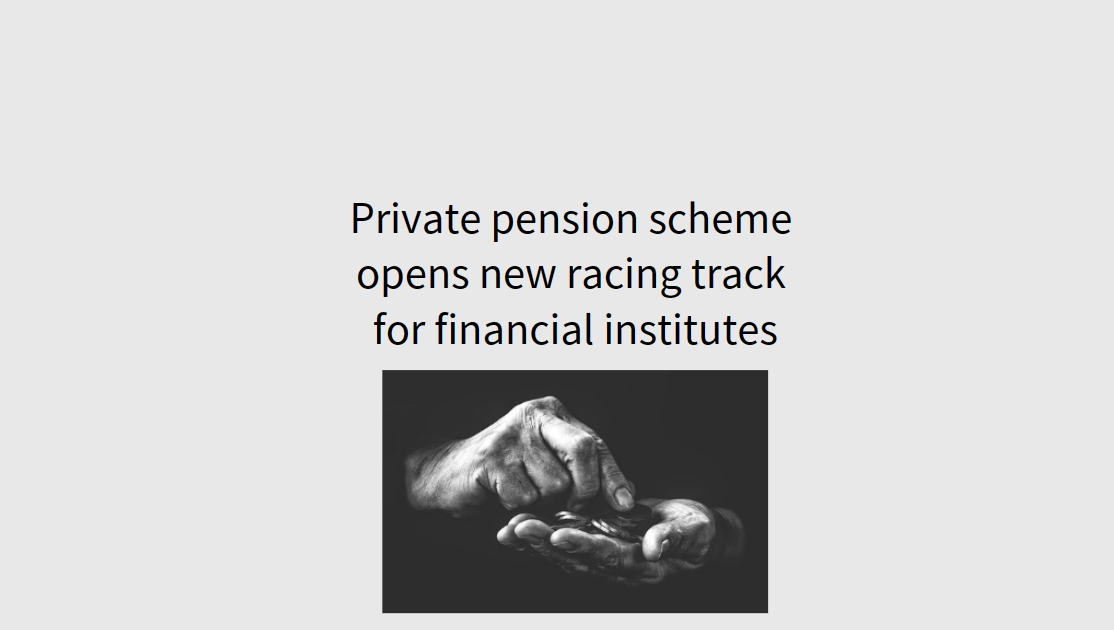
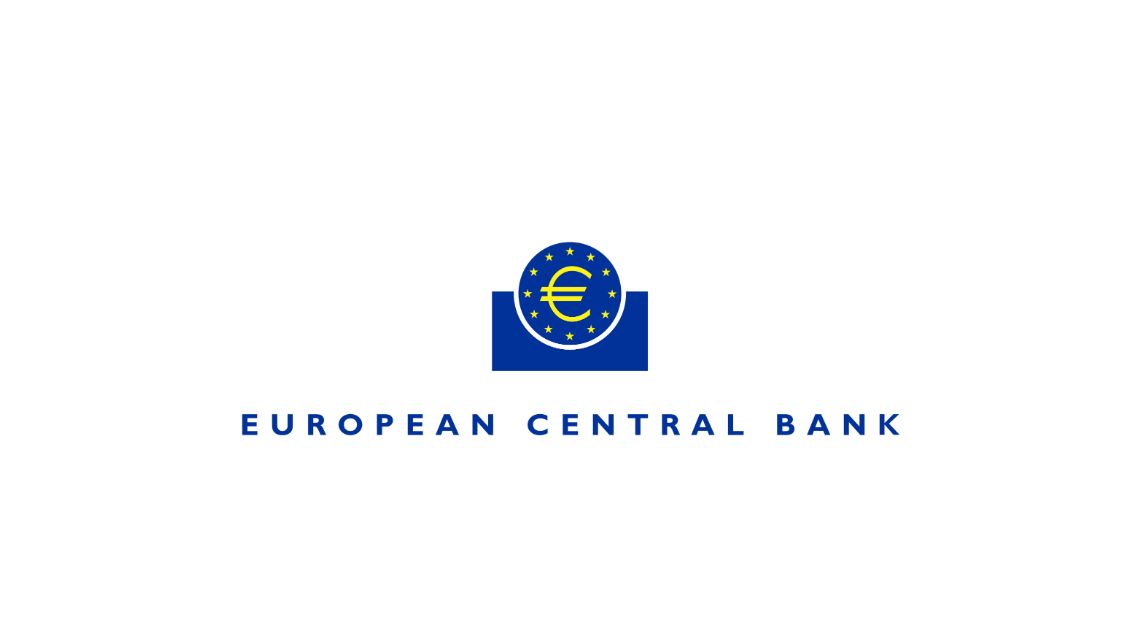
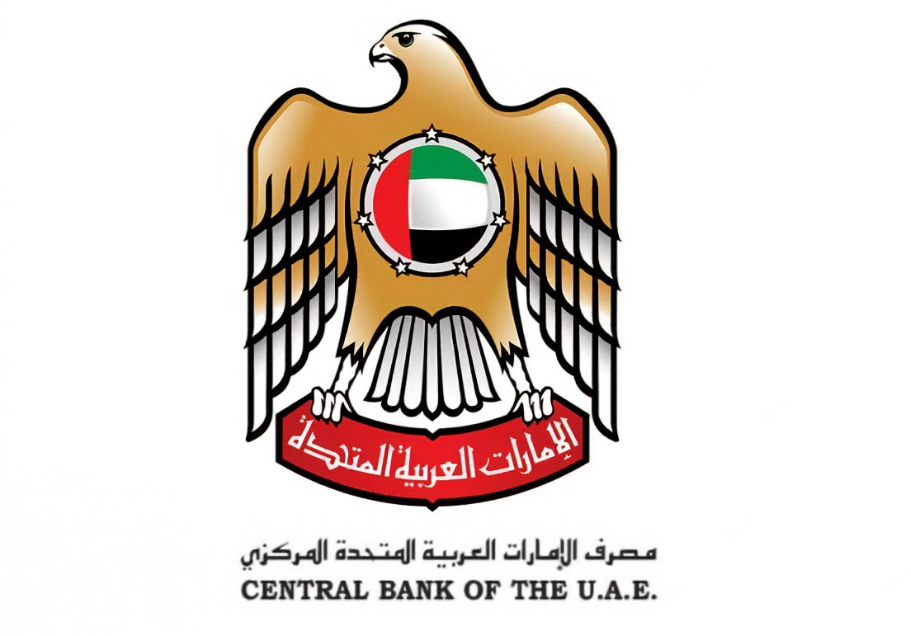

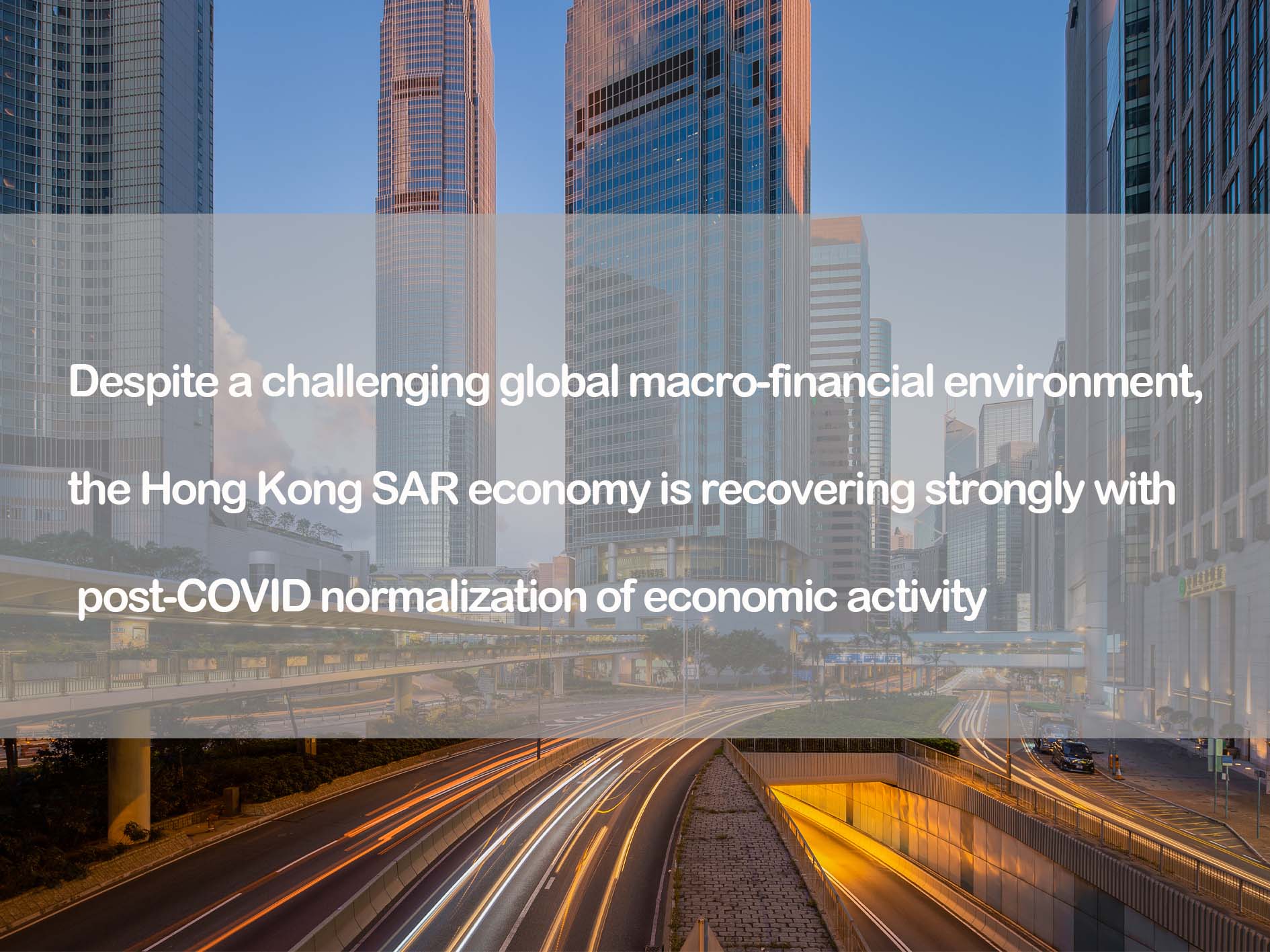


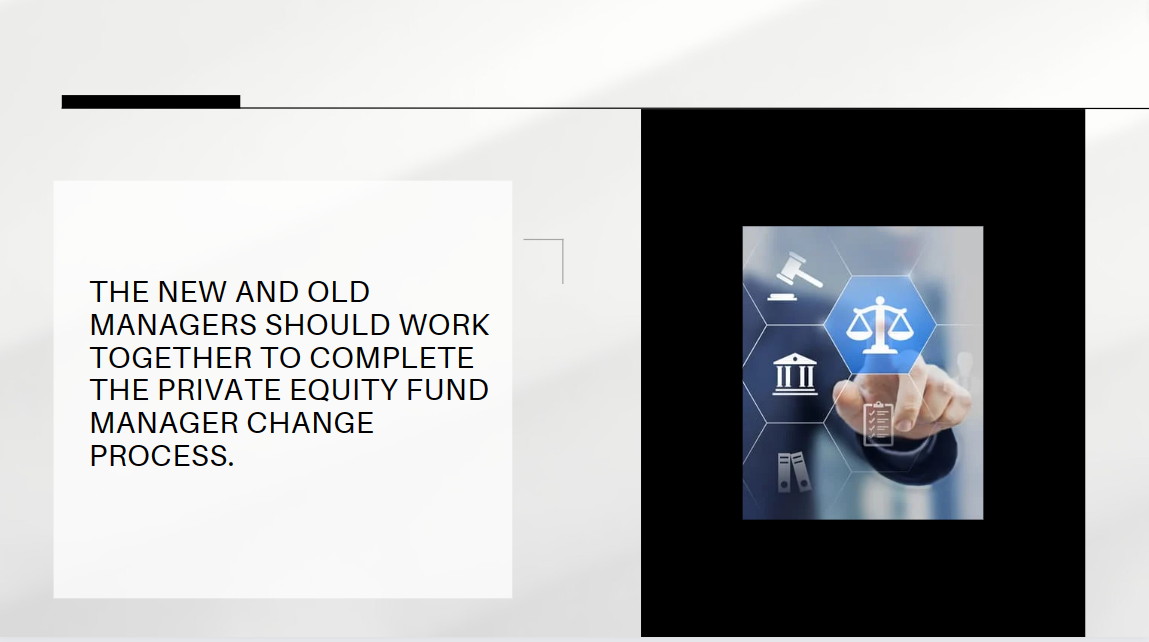
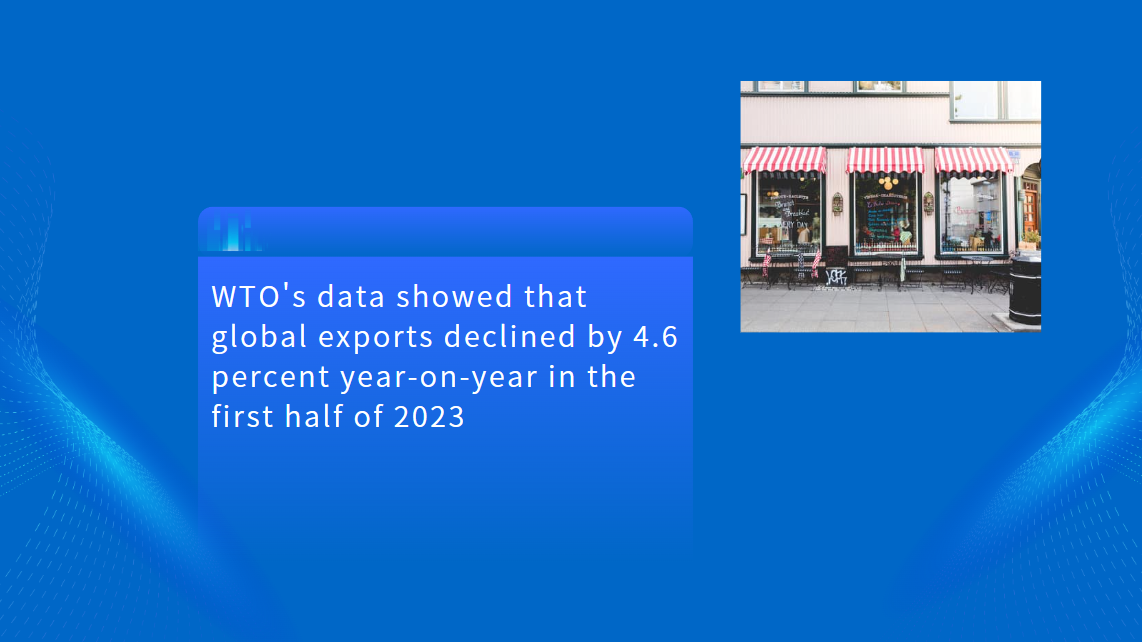
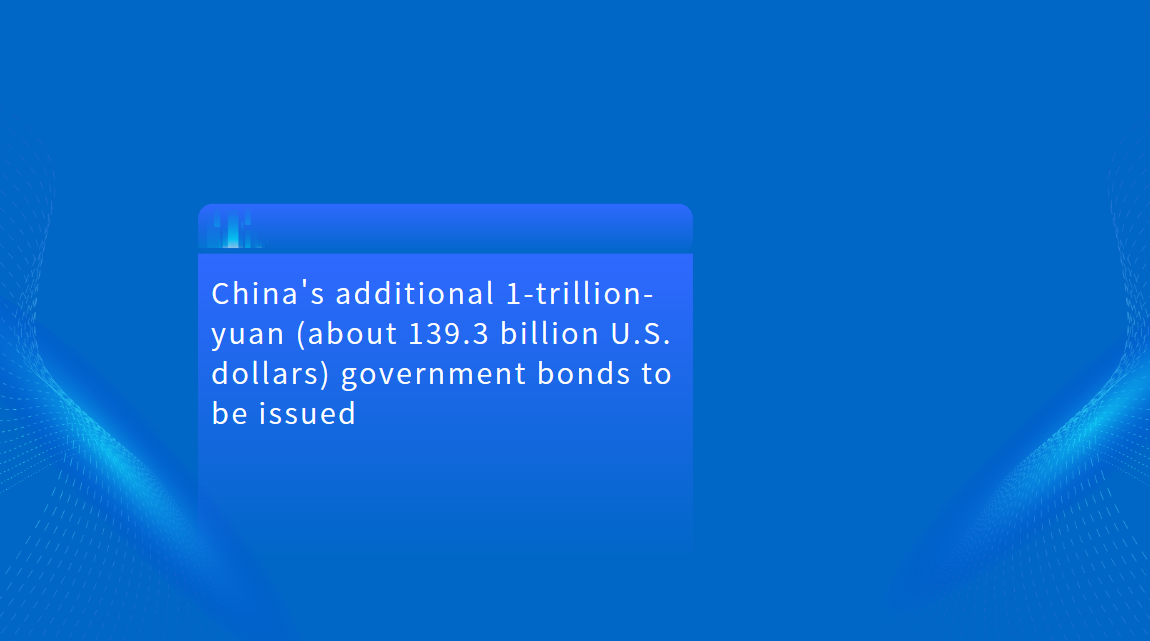


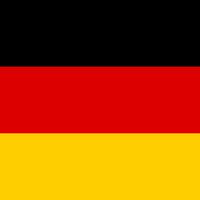
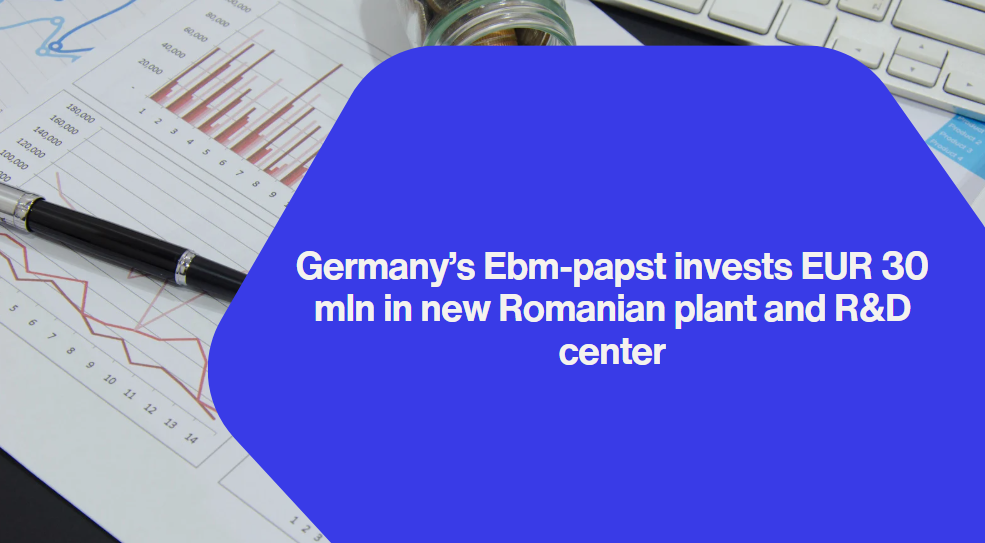

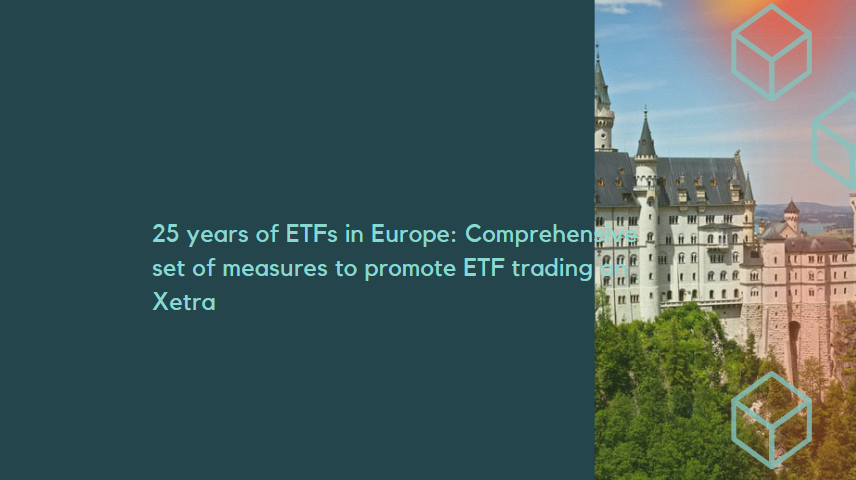


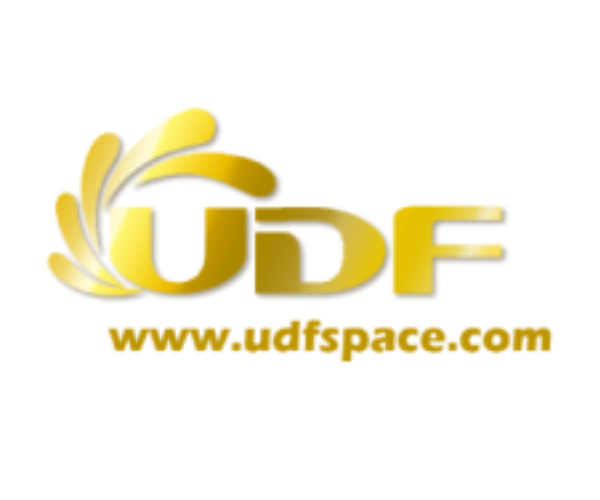









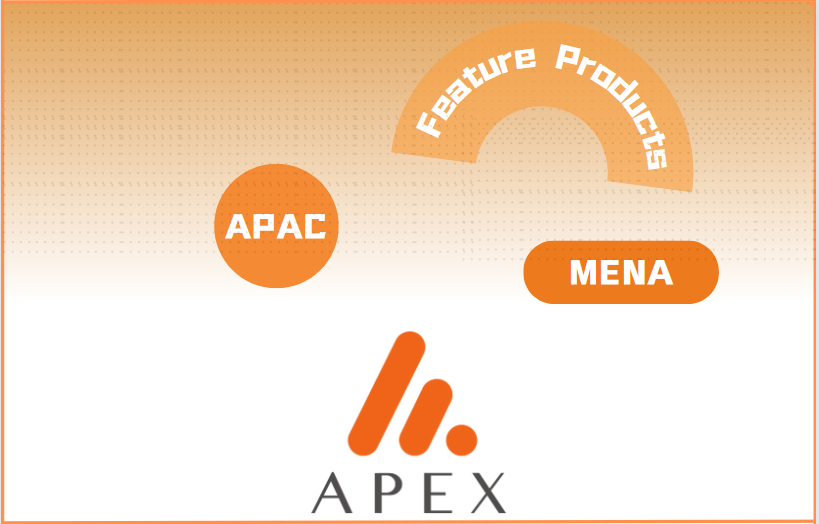














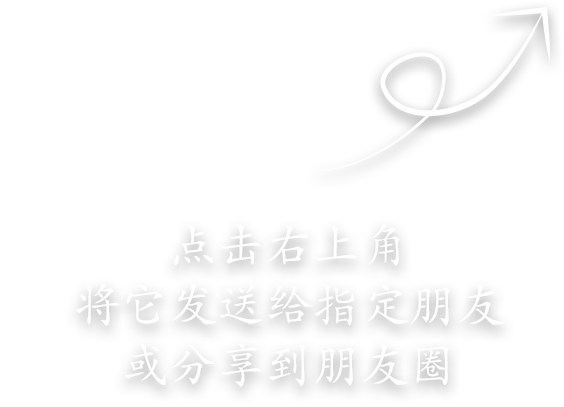
First, please LoginComment After ~